SYNOPSIS:
Some things are worth keeping even if they do not have a patina acquired with age. Our tendency to put things in historical slots result in vintage being valued more than critical quality. Unfortunately, while we readily lobby for the protection of our older buildings, we do not look at what actually is the founding of our present identity. The architectural heritage of the Modern Movement is today at risk due to change in function or technology or cultural climate. There is, therefore, immediate need for identifying, listing and documenting the buildings of 20th century which are worthy of being conserved. It is also necessary to promote a greater understanding of the ideas behind them.The buildings up to the first decade of 20th century are well protected through listing and other mechanisms and awareness is being created about the importance of these buildings. However, the period from the 1920s to the present needs articulation and debate about the relevance and the need for protection as otherwise the bulk of this could be lost without even a cursory look or discussion. Looking at architecture of 20th century could help the present conservation effort to evolve the rationale for what, why and how we list and protect the built environment. The 20th century Architecture Society in India initiated identifying, documenting and raising awareness of 20th century architecture in India and South Asia. The society has identified a preliminary list of 20th century heritage building in Mumbai and these have been documented with relevant information about them. It has also documented four significant examples of post-independence modern architecture in Mumbai that are detailed in this monograph. These were built in 1950s and showed a distinct a departure from the ideas prevailing then. Published by the Urban Design Research institute 20th Century Architecture Society of India (20CASI).



